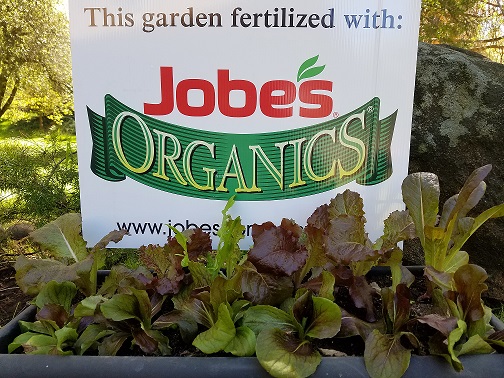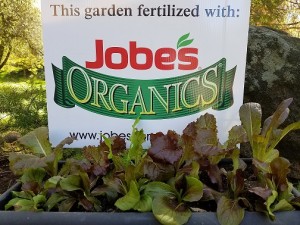When I am asked to list my favorite home garden crops, one of the first on my list is lettuce. I’m not sure how many other gardeners would answer this way considering it isn’t exactly sexist nor the most exciting produce. But what I have found is that most people who think that lettuce is “boring” have never actually grown their own. To the skeptics I say, “Pull up a chair and grab a notebook, because have I got news for you.”
Forget about the lettuce you’ve seen in grocery stores, because I can’t even begin to describe amount of the lettucy-goodness available to the home gardener. The colors and textures are lovely and the flavors run the gamut from buttery, peppery, and tangy.
And the names? There are lettuce varieties with fabulous monikers that make for the best conversations. This is especially true for the heirloom varieties such as Mascara, Flashy Trout Back (Forellenschluss), Deer Tongue, and Devils’ Tongue. Who doesn’t want to have Drunken Woman Frizzy Headed lettuce in their garden bed?
Grow Lettuce on Your Back Porch
One of the best things about lettuce is that this is one crop that enjoys life in a container. Some of my favorite gardens are grown in containers on my porch. Like all container gardening, one of the biggest concerns for the gardener are meeting their crops nutritional needs. Unlike produce that’s grown in a garden bed, the nutritional value of potting soil is limited.
As an organic gardener, I want my plant food to be natural and as uncomplicated as possible. One of the easiest ways to achieve this is through the slow-release formula of Jobe’s Organic Fertilizer spikes. They are made of bone meal, feather meal, and sulfate of potash, so I know that they’re specifically formulated to nourish my vegetable plants. The pre-measured, spike-shaped fertilizers make it fast and easy to simply press them into my vegetable containers and let them do their job…organically.
Another thing I love about growing lettuce is that it’s one of the fastest maturing crops. Lettuce goes from seed to plate in a big hurry. Plant lettuce seeds in your containers today and you’ll be harvesting them for dinner in four to five weeks. This makes lettuce a perfect candidate for succession planting.
Simply plant your first lettuce seeds in early spring and two weeks later plant more seeds; repeat this as long as you feel that the low temperatures will hold. Lettuce thrives in cool weather and I know that here in California, once our temperatures begin to rise, our lettuces begin to bolt.
Lettuce Choices
How do you decide which lettuce varieties to grow? Start with the type of lettuce that you enjoy eating. There’s a wide variety of choices inside each general lettuce type.
Loose-leaf lettuces have frilly leaves that are more tender than the thick and crinkly leaves of Romaine (Cos). Butterhead (Bibb) lettuces are short with loose heads and soft leaves. Many butterheads are heirloom varieties. Crisphead lettuces produce dense leaves that form a tight head. Batavia lettuces are sweet and crisp and do better in warm weather than any of the others.
You also have the raddichios (red chicory). If you choose a raddichio variety that’s too bitter for your taste, simply soak them in water for a couple of hours to eliminate the bite. The leaves will lose their bitterness when they are sautéed, as well.
If you’re an organic gardener or aspire to grow your crops more organically, you can trust Jobe’s Organic Fertilizer spikes to produce robust and productive plants through naturally superior nutrition.


